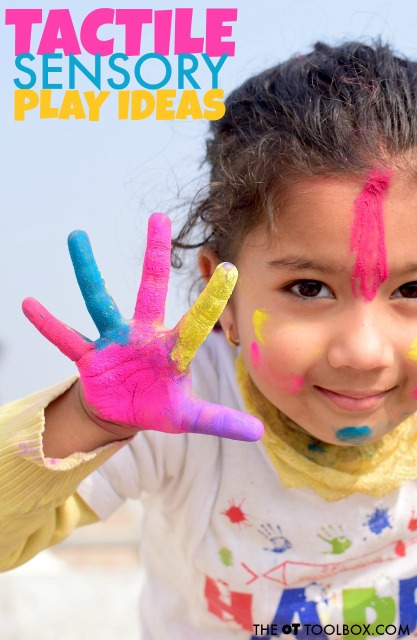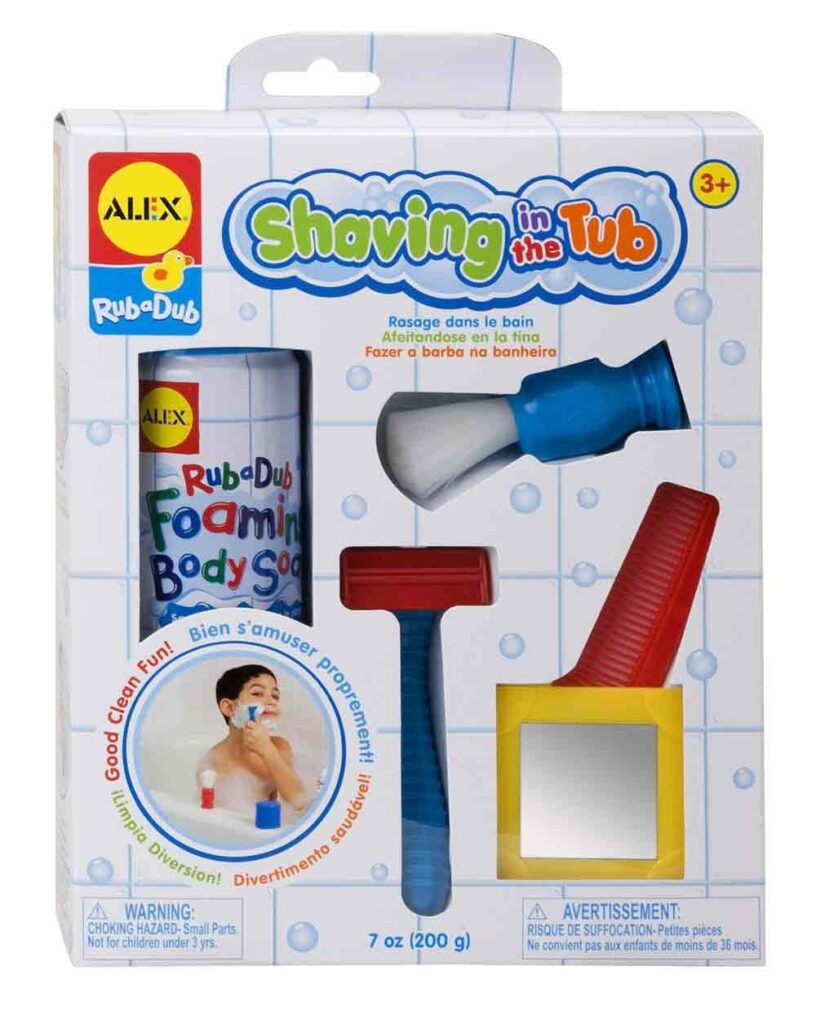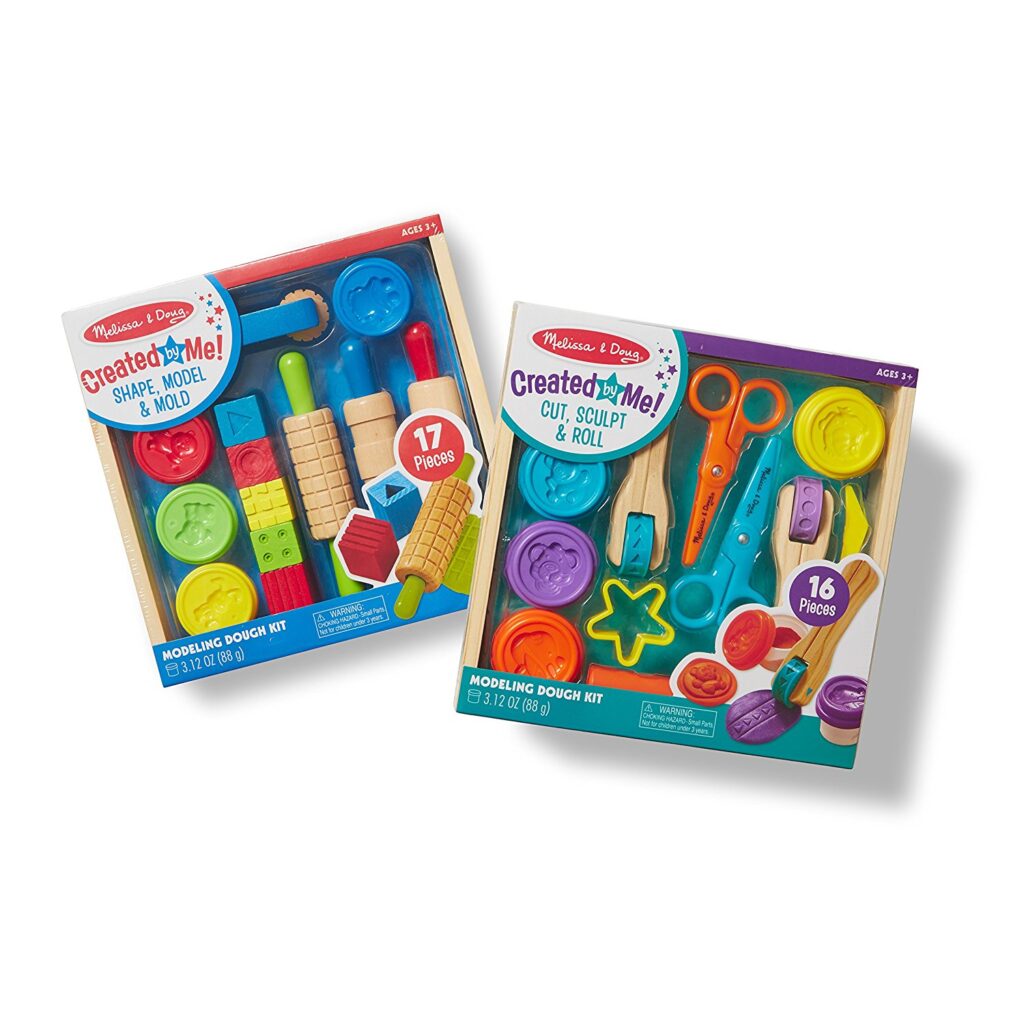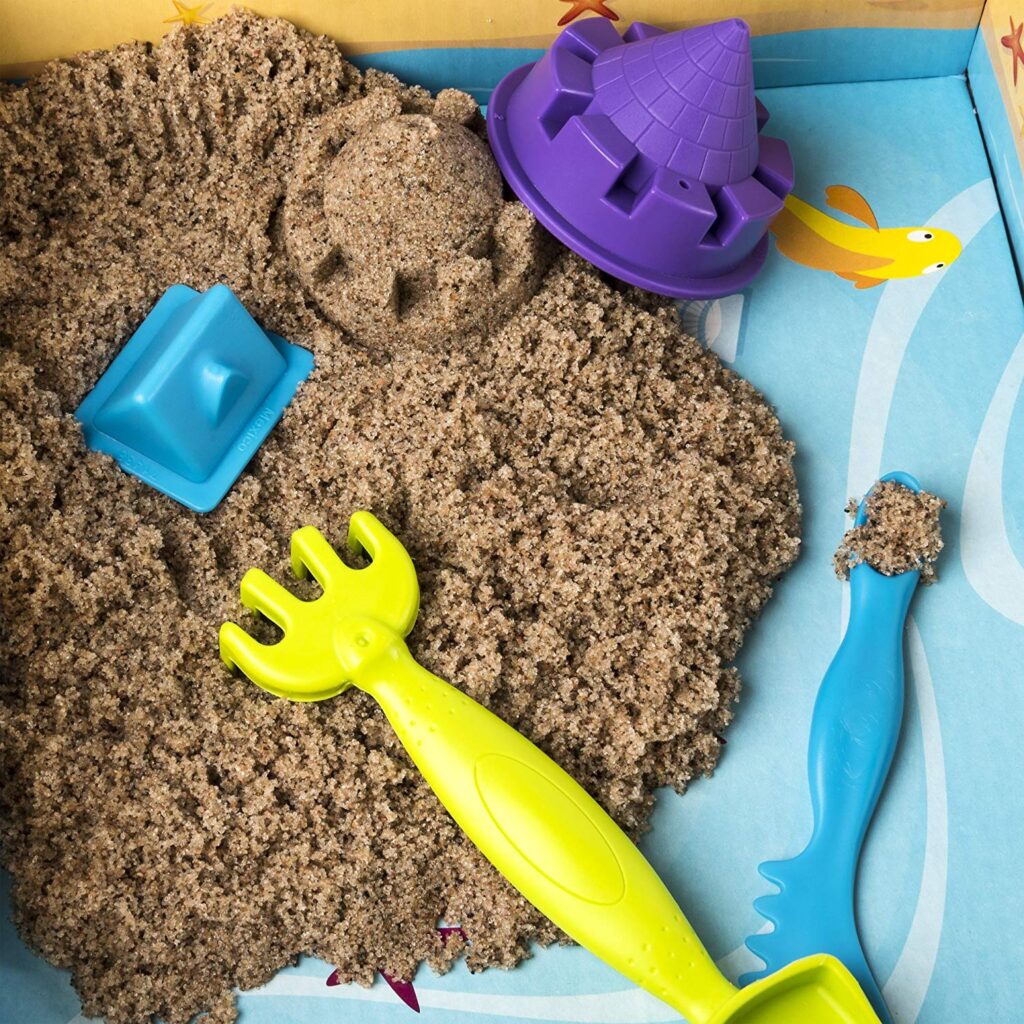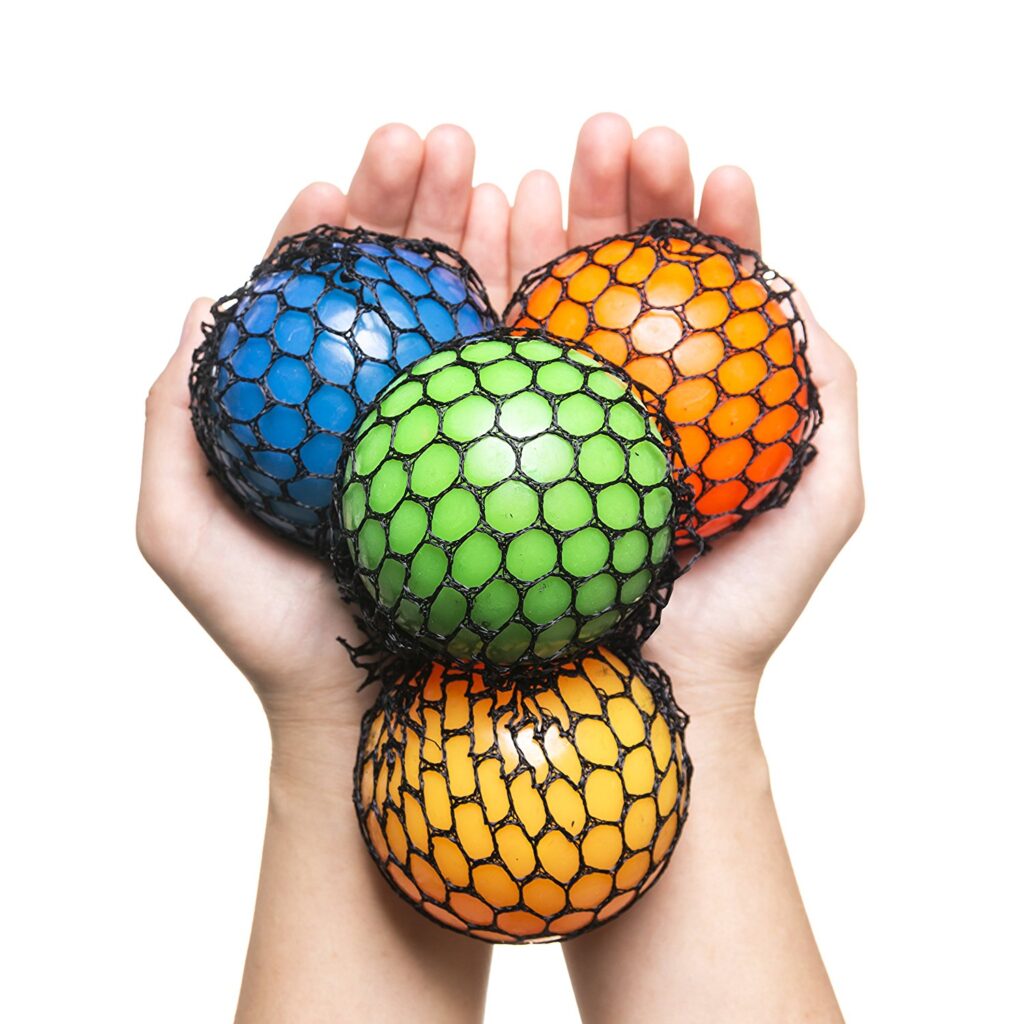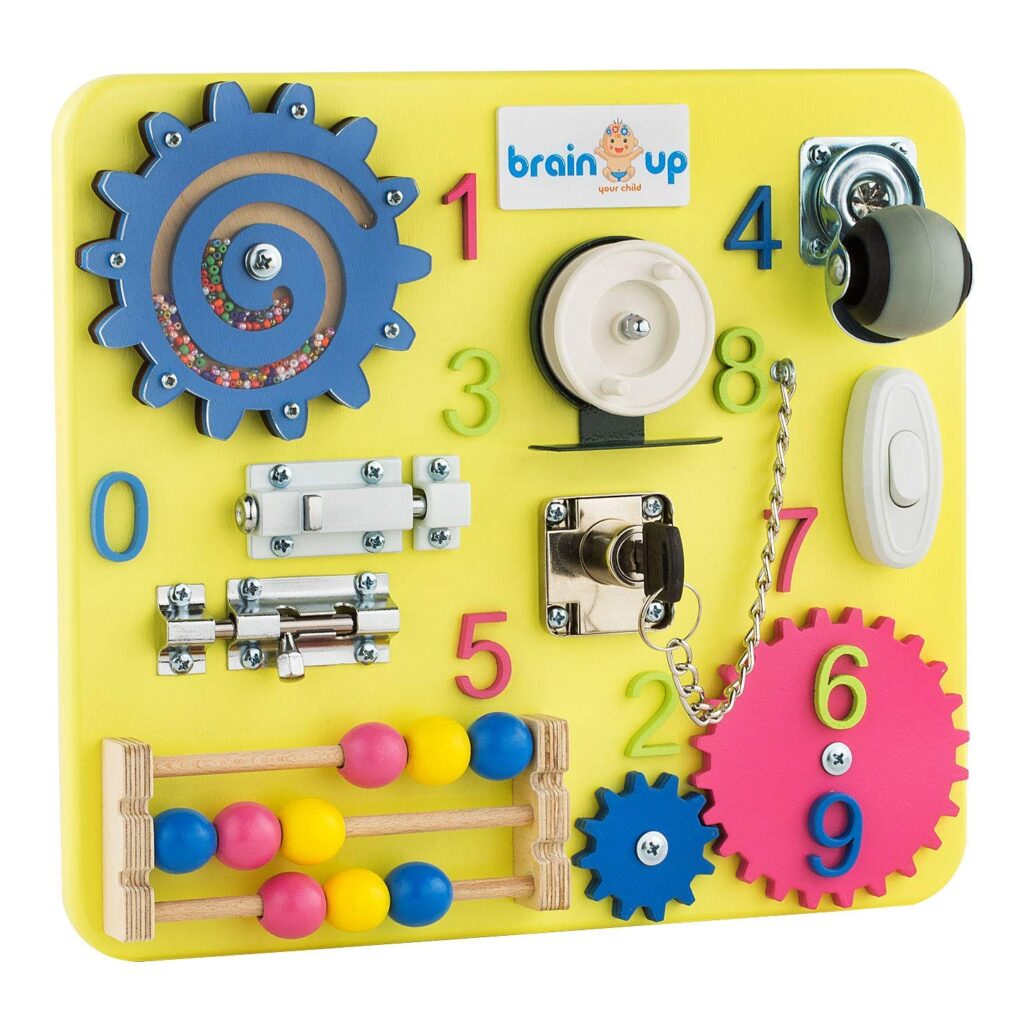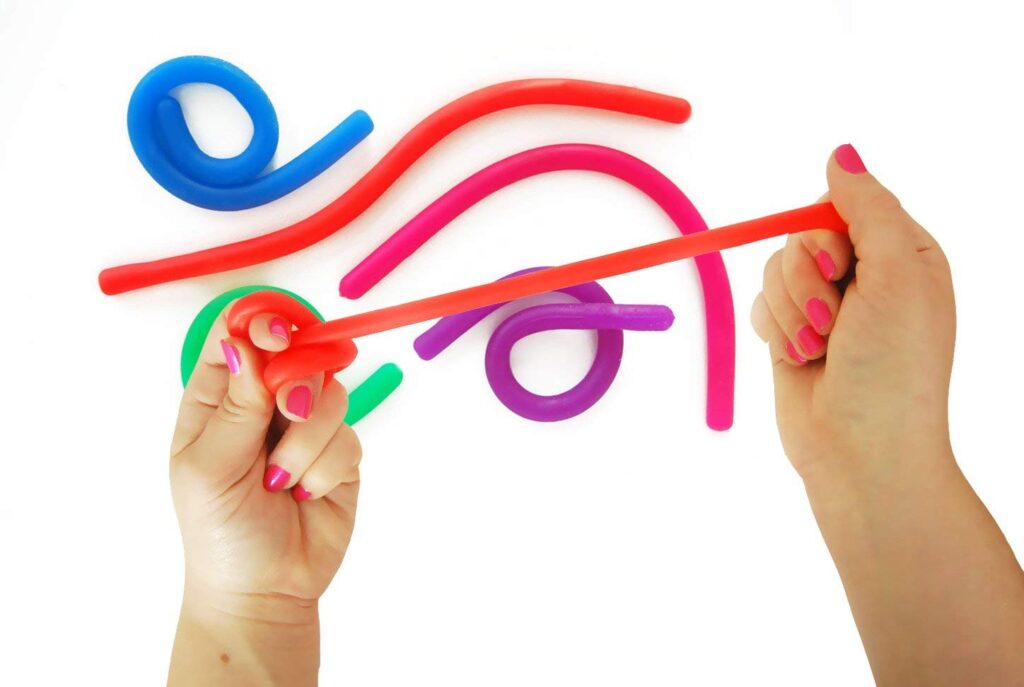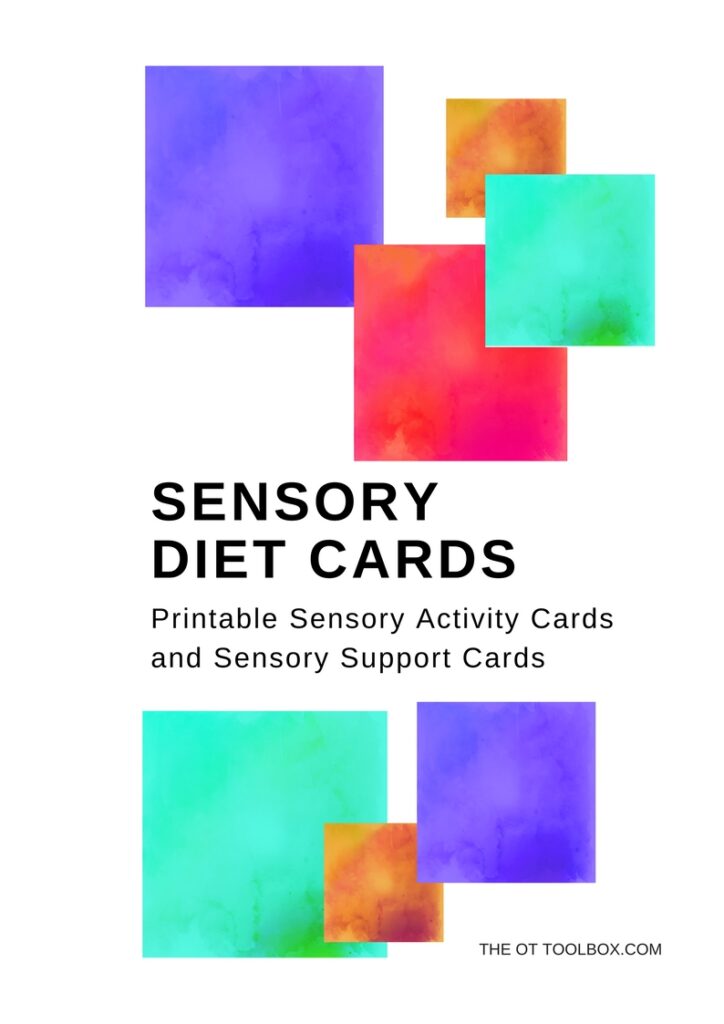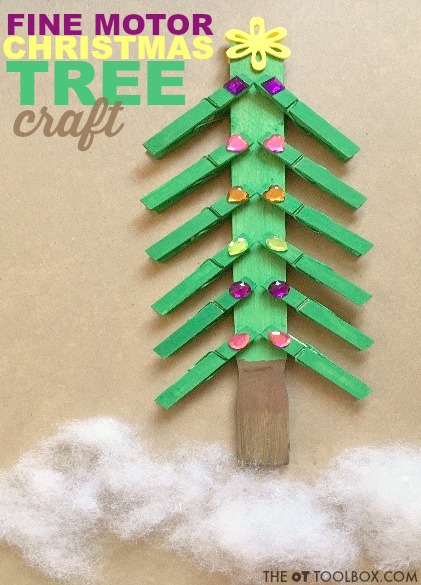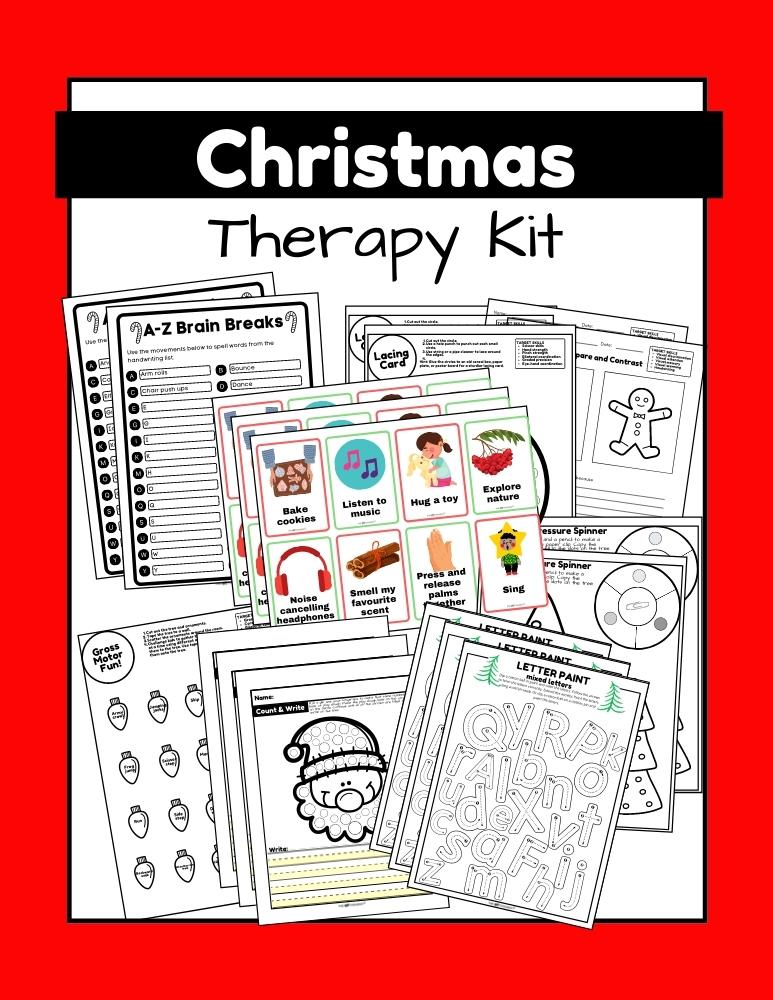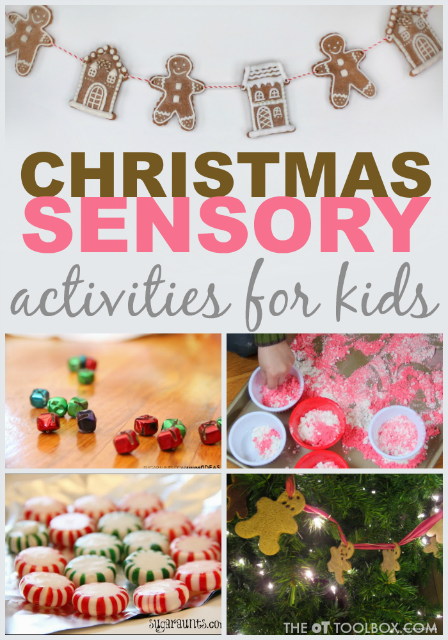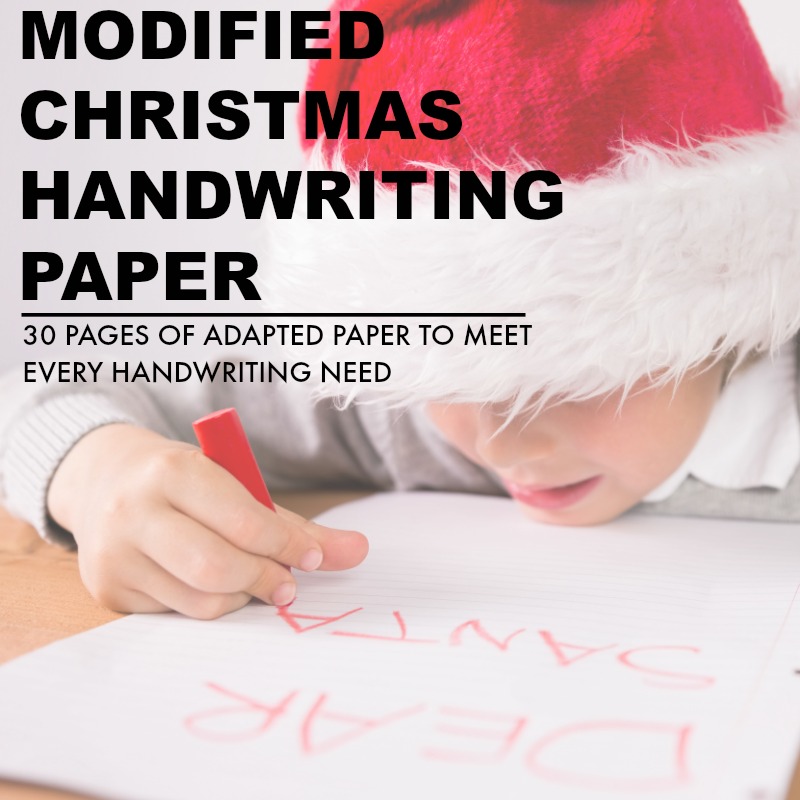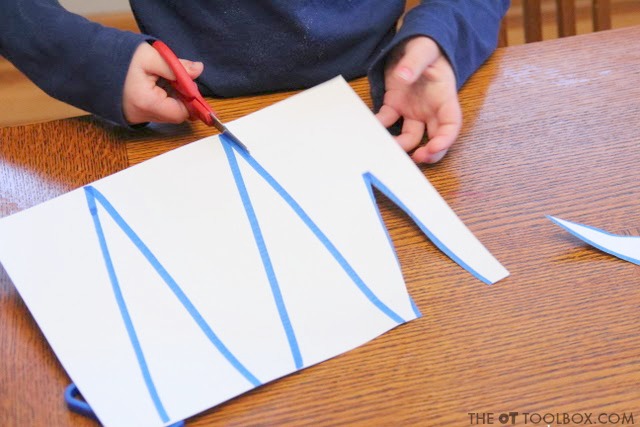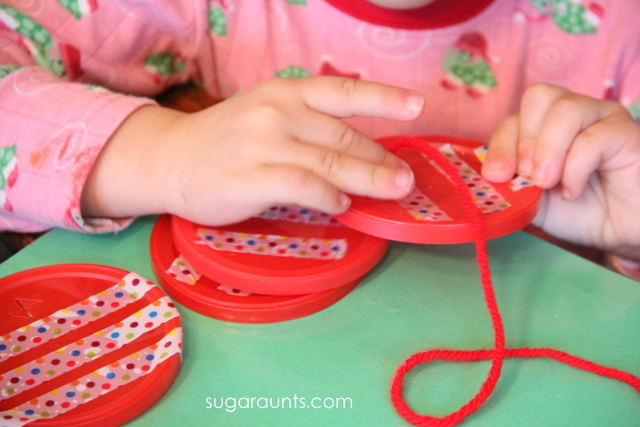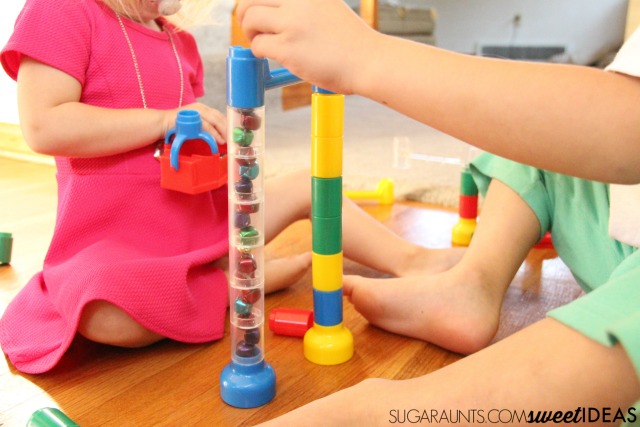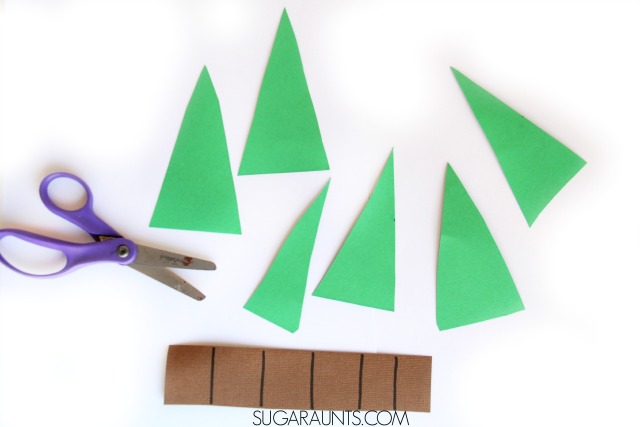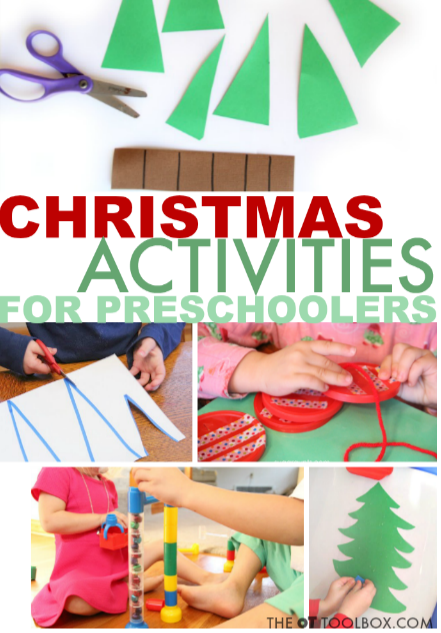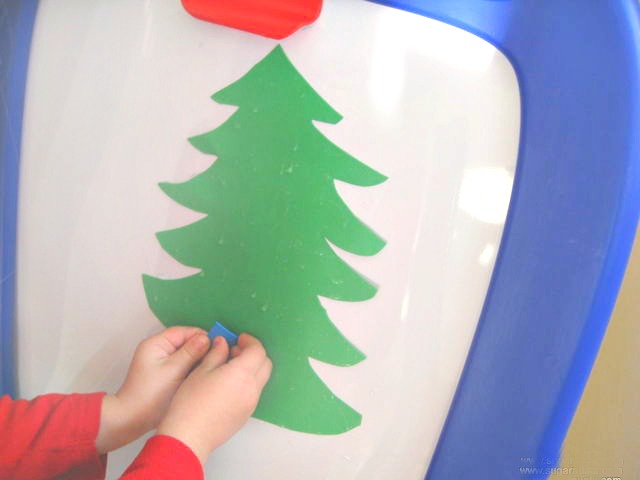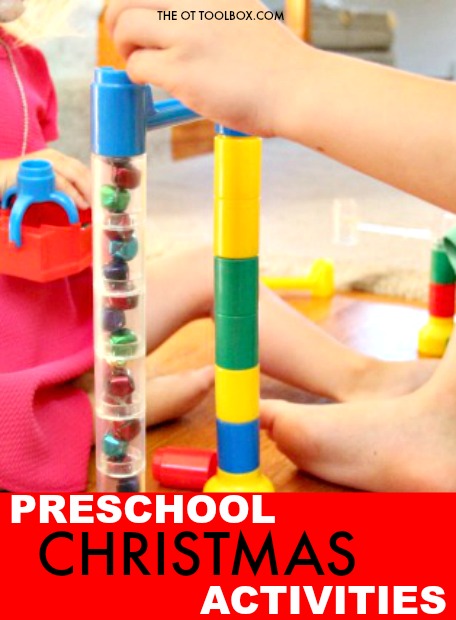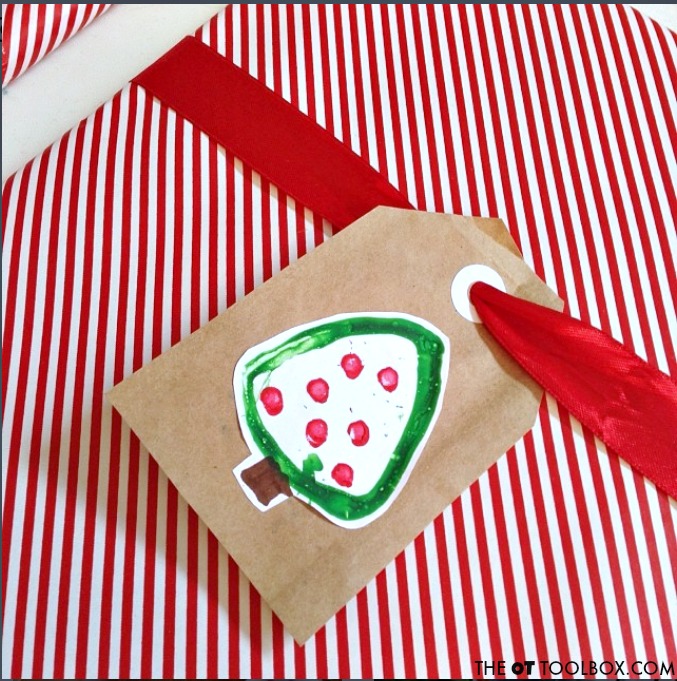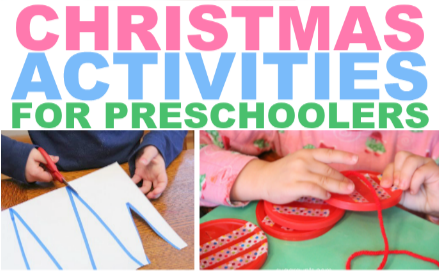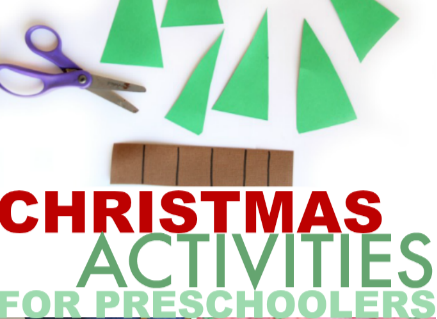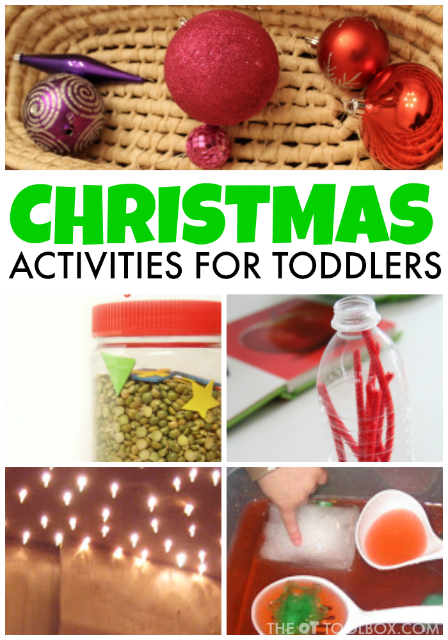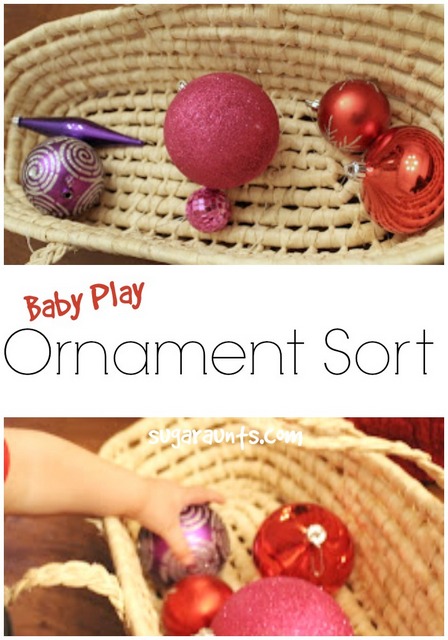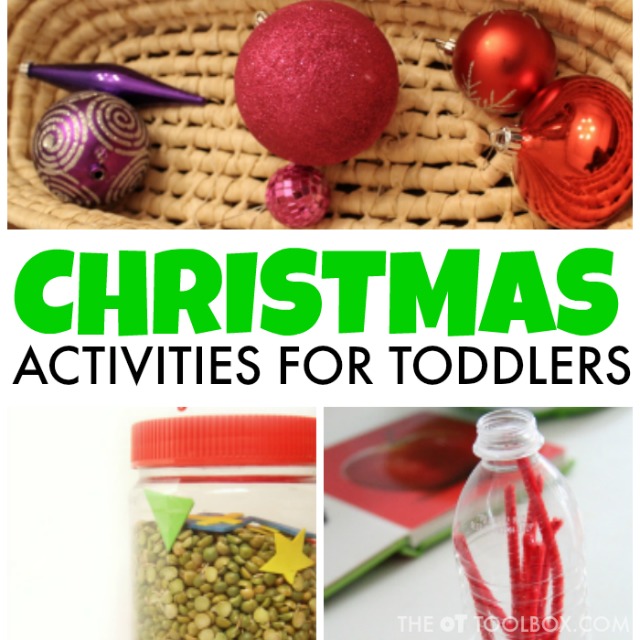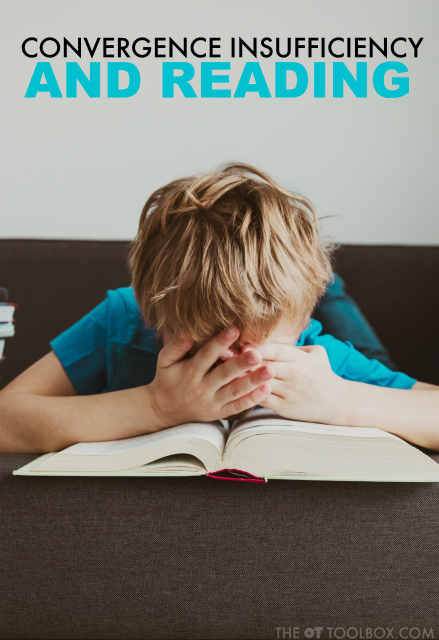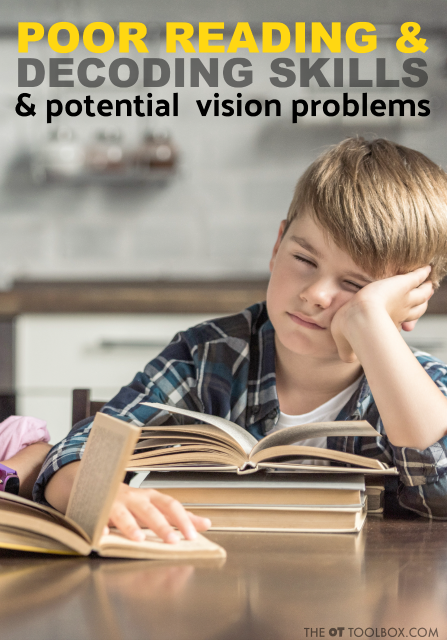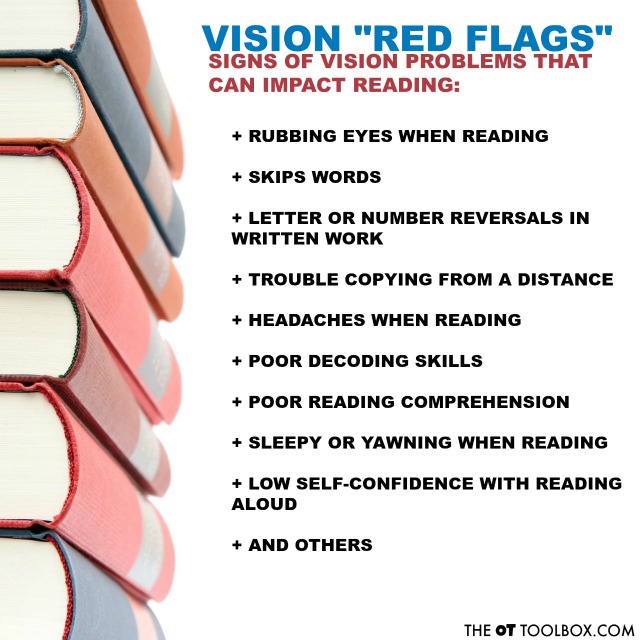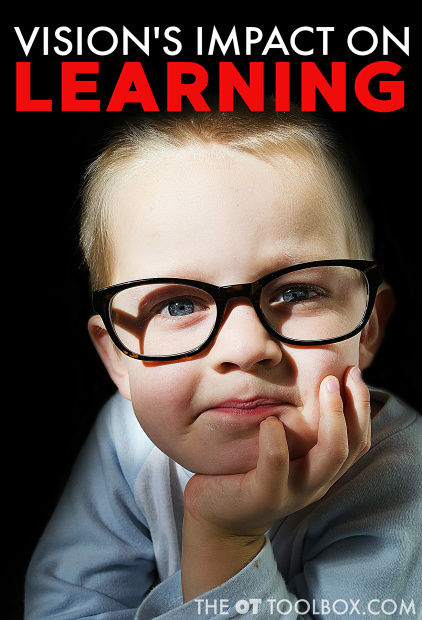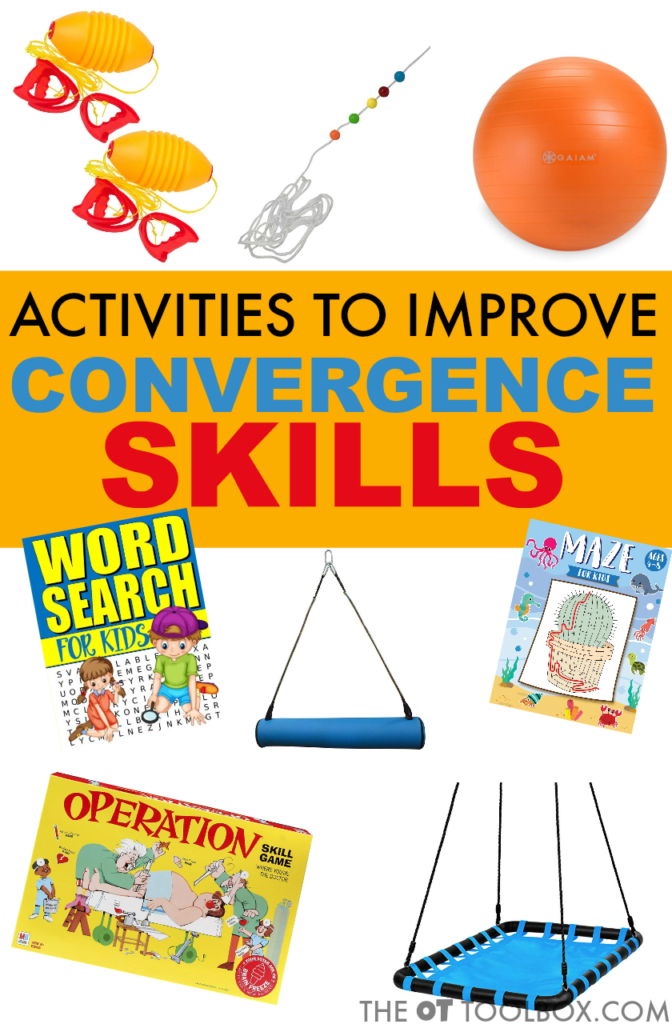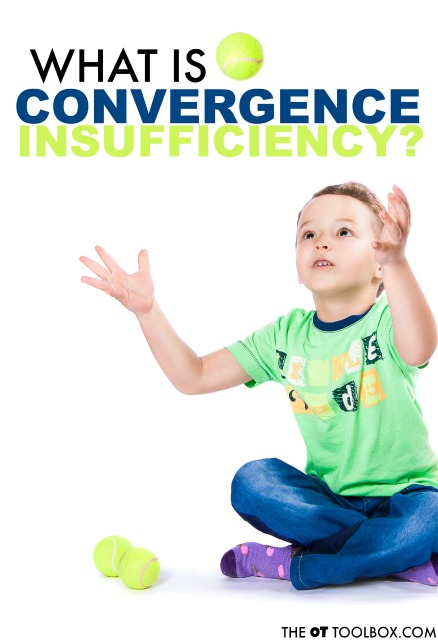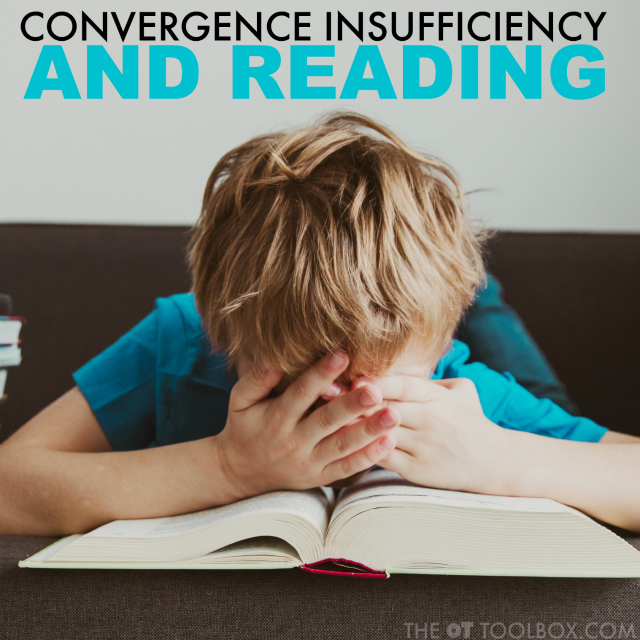This resource on toys for tactile sensory play support sensory processing. A child that has challenges with tactile sensory experiences, tactile discrimination, and sensory touch can benefit from these toys for tactile sensory awareness.
So often, therapists are asked for occupational therapy toy recommendations this time of year. Parents are looking for toys that promote skills like fine motor work, sensory benefits, or motor skill development. Today, we’re sharing toys that improve tactile sensory awareness. These are great toy recommendations for sensory needs and just fun ways to challenge the tactile sensory system through play!
These are great ideas to add to a sensory diet, depending on the child’s specific needs.
Toys to Improve Tactile Sensory Awareness
With all the shopping going on, people are always asking what types of toys I should get my toddler. A really great section of toys, are toys that make the child more aware of tactile sensory awareness.
What is tactile defensiveness?
When children don’t get to explore different textures, they can develop a sensory tactile defensiveness.
Tactile defensiveness is when a person is very resistance to touch certain materials due to the feel of them. Some examples would be: textured items, messy items (shaving cream, playdoh, seams or tags on clothes, hands or face being dirty, bare feet touching grass. You will often see a child with tactile defensiveness resist playing with finger paint, or complain if they get food on their hands. They may barely touch at item or will refuse completely.
Why is tactile sensory play so important?
It is so important for children to explore different tactile items at a young age through play so that they don’t develop a tactile defensiveness. Providing children opportunities for tactile play is easy with a wide variety of what you can use. Check out these ideas for having a Messy Play Day.
When introducing a child to textures, who may be defensive, start with dry textures or items that won’t stick to hands. Then move to wet items (water, paint) and then sticky. Take it slow and don’t force a child to stick with a texture that they don’t like. You can always come back to the texture a different time and try again.
Toys/ items to help improve tactile sensory awareness
Amazon Affiliate links are included below. Access Amazon by clicking the link or the image. Affiliate links earn this website a few cents at no cost to you.
Shaving cream is a great medium to have children “drive” cars through and use as snow. On amazon there is a kit called, Rub a Dub Shaving in the Tub by Alex toys. Which includes shaving cream, plastic razor and a mirror. This is a great way to have kids engage in “messy play” but be able to get clean right away.
Playdoh can be used just by rolling it, making shapes with cookie cutters, and placing coins/beads in and having child pull them out. There are a lot of great kits like this Melissa and Doug set you can buy that come with the play dough and cookie cutters, or play dough tools.
Check out this link for fun ideas to do with playdoh and Christmas, Scented Snowman Play Dough, part of our 25 days of Christmas Play series here on The OT Toolbox.
Moon sand– is a moldable sand that will never dry out. It has a unique texture and won’t stick to your hands. Here is an easy 3 ingredient kinetic sand recipe to make at home.
Squish balls– come in many varieties. Some have textures inside-sand, beads or beans. The outside of the squish balls can be pointy, smooth or bumpy. These stress balls with a mesh covering are a popular fidget tool that kids love to squeeze. You can even make your own by taking a balloon, water bottle and sand. Pour sand into an empty water bottle, place balloon over the top and then pour the sand into the balloon.
Tactile board– a board with different fabrics, sandpaper, smooth or rough textures, glue corn or beans on paper can promote motor skills too! Allow child to explore the different textures. A tactile board can be hung high or low to promote different motor skills. Or try a table top version.
Scented bathtub Finger paint– Crayola Crayons- kids can use as a body wash or color the walls of the bathtub with. It’s great because they can get messy and then easily clean. Plus it’s scented which is great for the olfactory system.
Sensory bin- fill a bin or container with rice, beans or another dry material. Hide toys that the child has to shift thought the material to find. Have cups and spoons in the bin so that they can pour.
Monkey noodle– found on amazon. You can pull the stretchy string from 10 inches to 8 feet.
There are so many fun toys that keep children engaged and also help with developing tactile tolerance.
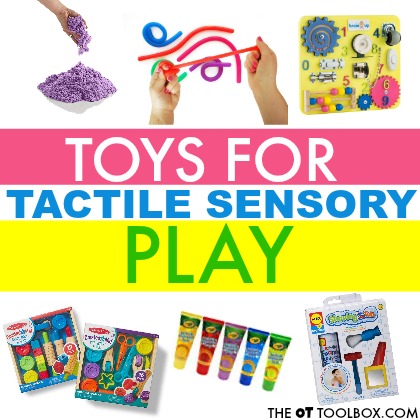
Sensory Input Through Play
-
Calming and alerting movement activities
-
Heavy work fine motor activities for pre-writing needs or fidgeting needs
-
Sensory activities
-
Sensory support cards
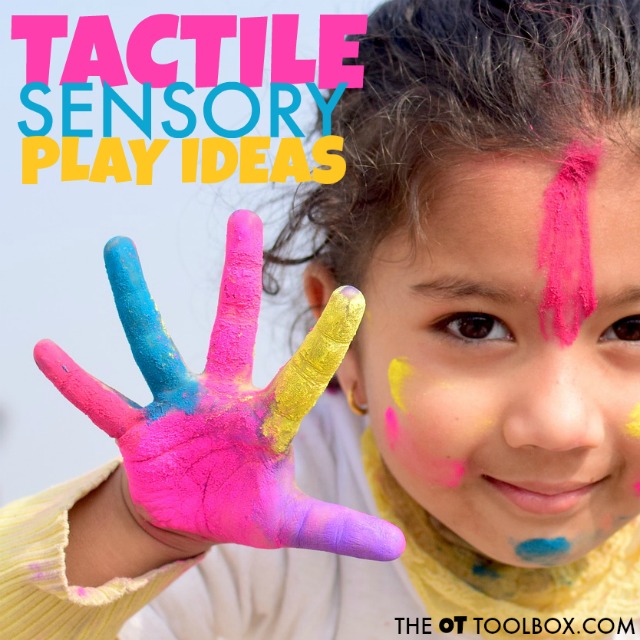
About Christina:



